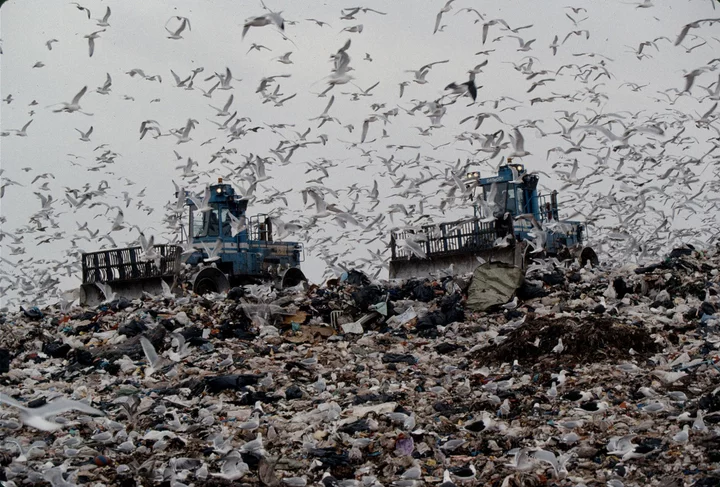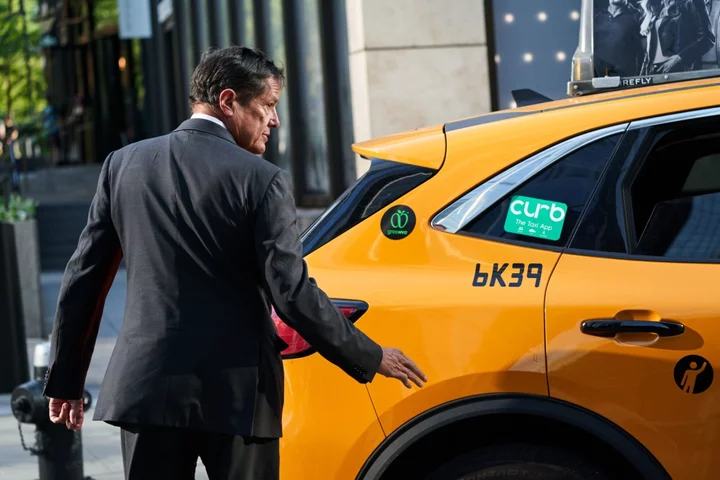Staten Island’s Freshkills was once the world’s largest dump. In 2001, New York City shut it down and began the process of turning it into a park. A soccer field opened in 2013 and a bikeway in 2015. North Park, the first section allowing public access into the interior of the former landfill, opened last weekend.
The Problem
When NYC Parks Commissioner Robert Moses selected Freshkills as a landfill site after World War II, it was a wetland. The plan was to build housing on top of it after three years. But New York was growing fast, and all the new trash needed to go somewhere. The site accepted as many as 29,000 tons of garbage daily, which consumed more acreage and created a mighty stink. After many lawsuits, the city began its transformation.
The Stakes
There are more than 2,600 municipal solid waste landfills in the US. Federal law requires maintenance of them even after they close, so they don’t pollute. If the methane released from dumps isn’t purified, it rises into the atmosphere, where it’s a particularly potent greenhouse gas.
Why It’s Tricky
Garbage compacts, creating shifting surface conditions. In North Park, the trash has been sculpted into four hills arranged around a tidal creek open for kayaking. There are roughly six layers of soil, sand and plastic lining on top of the garbage to prevent toxic leaks, including a vent layer, which moves any escaping landfill gas—a combination of carbon dioxide and methane—into pipes. “The biggest challenge posed by developing our park on a former landfill is managing the expectations between what we as a community want,” says Mark Murphy, the administrator for Freshkills Park, “and what the land is realistically able to be used for.”
Why There’s Hope
More than 500 former US dumps have been turned into energy projects that transform landfill gas into fuel. Far beneath the 2,200 acres of Freshkills’ grass and soil, a gas collection system vacuums out the landfill gas and sends it to a purification plant, where it undergoes methane removal. The city sells 1.5 million cubic feet of this treated biogas to the local utility, which distributes it to Staten Island homes for cooking and heating. (The average American household uses 70,000 cubic feet of natural gas annually.)









